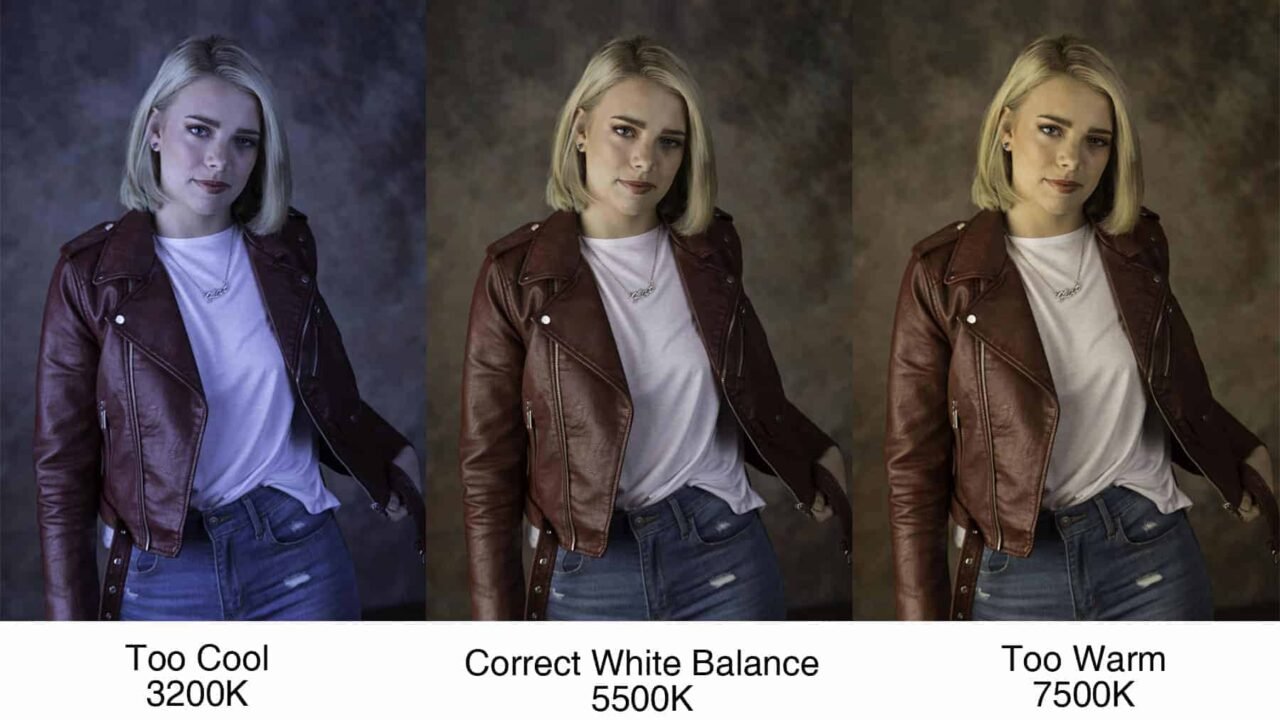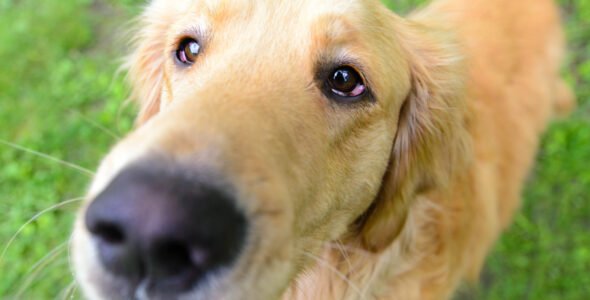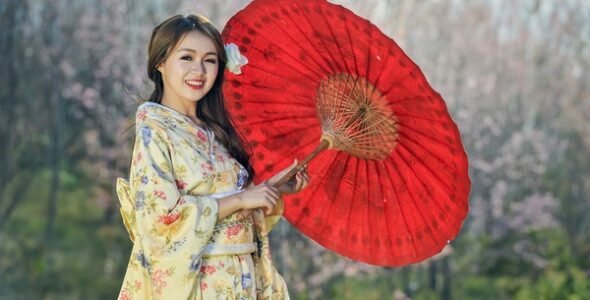I wonder if you have ever tried to take photos that are yellow or the colors are always different from the actual ones? In fact, this may be caused by the wrong setting of “White balance”.
What is white balance?
Photography is to record light, and light is composed of many “colors”. In addition to the fact that daylight is more “white”, fluorescent lamp, sunsets, light bulbs, etc. are actually biased towards a certain color. This can used “color temperature” to refer to my meaning.
a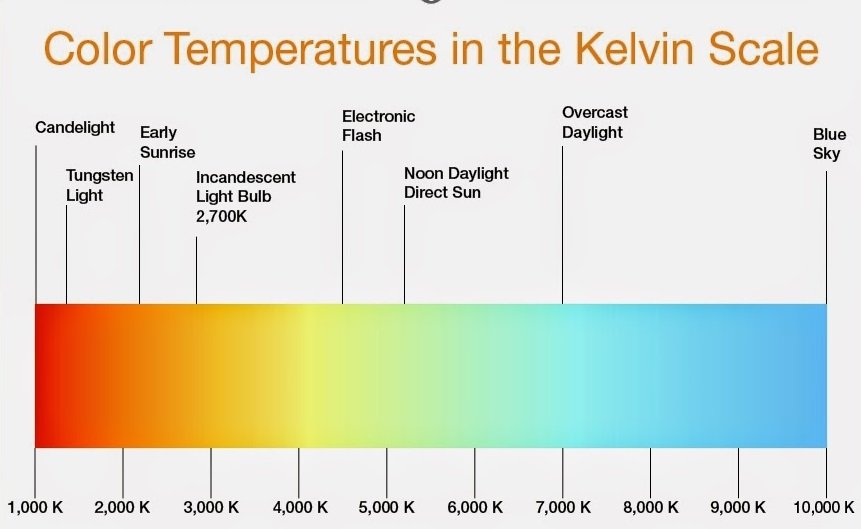
As can be seen from the above figure, the lower the color temperature, the more “red” (warm) the color, and the higher the color temperature, the more “blue” (cold) color. The following table shows the color temperature under various conditions:
Deep Blue Clear Sky 10000o K
Overcast Daylight 7000-9000o K
Noon Daylight Direct Sun 5000-6000o K
Electronic Flash 4000-5000o K
Incandescent Light Bulbs 3000-4000o K
Early Sunrise 2000-3000o K
Tungsten Light 1000-2000o K
Candlelight 1000o
“K” is “Kelvin” (absolute temperature), a unit for measuring color temperature.
If the environment we shoot is full of warm light (such as under a yellow light bulb in a restaurant), then our photos will be yellowish. If we want the white places in the photos (here refers to the white seen in sunlight) ) It also changes back to white under the yellow light, then we have to set the white balance of the camera to “bulb”, or take out a piece of white paper to tell the camera “you treat the color of this paper as white”.
a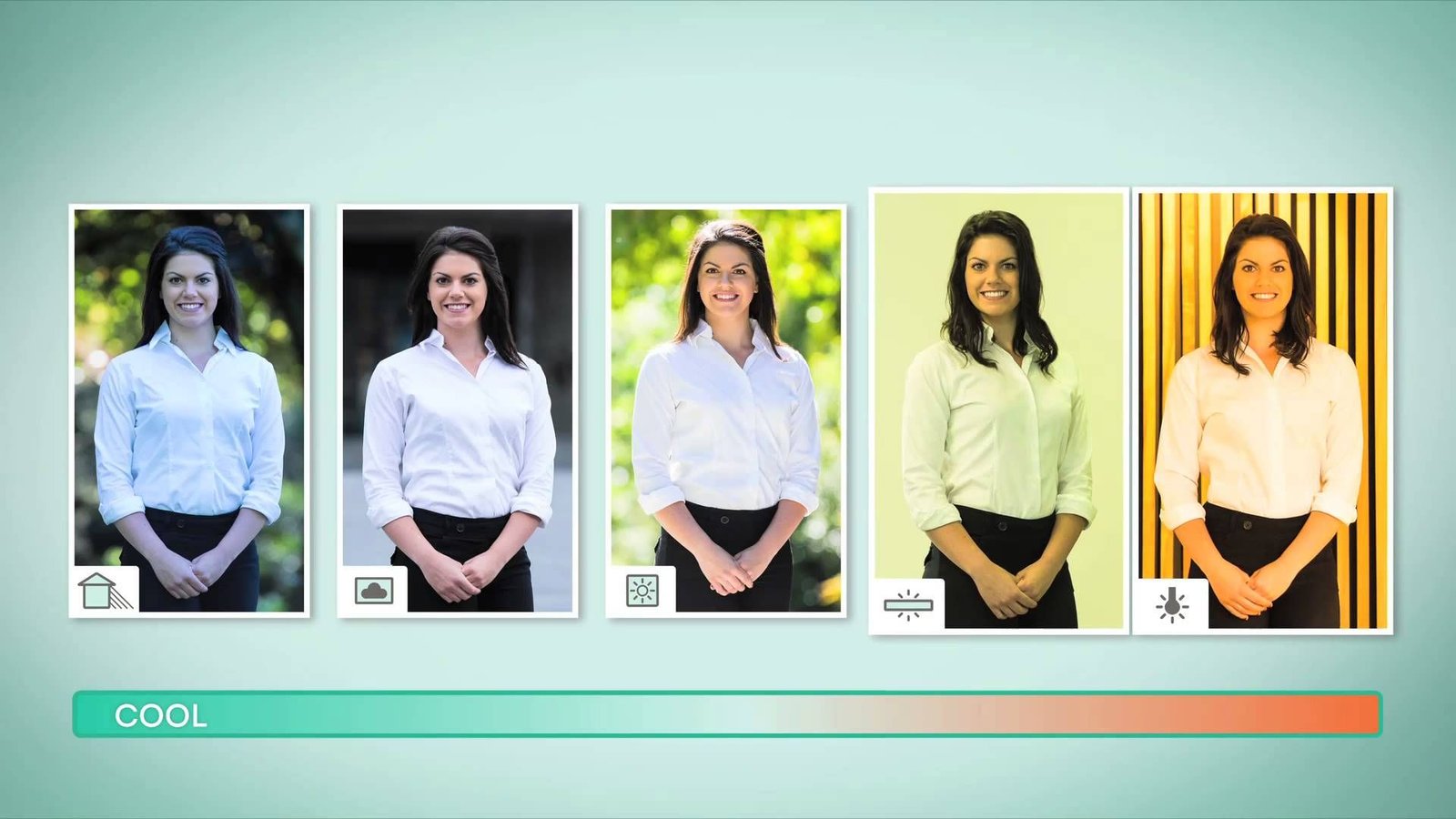
When we photograph a scene, we usually want all of the colors in our scene to be reproduced faithfully in the photograph. That is unless we are trying to be more creative.
If we were shooting in white light or daylight the chances are that all of the colors in our image would be the same as the colors in the scene. However, we aren’t always photographing in this type of light and it is more likely that we would be taking photos when there are clouds in the sky, or in low light when we need a flash, or under fluorescent lights indoors.
So, if we don’t have some way of “telling” the camera what type of light we are photographing in, it would probably “assume” that we were shooting in white light and the result would be that our photo would have a color cast in it.
The reason that this happens is that different types of light sources give off different colors. For example, an electric light bulb gives off a yellow color. The flame from a candle gives off a yellowish red color and Fluorescent lights have a slight blue color.
The White Balance setting on your camera is one way of letting your camera know what type of light you are photographing under.
Selecting White Balance
When you press the WB button on your camera, or you access the White Balance menu, you’ll be presented with a list of choices similar to those shown below:
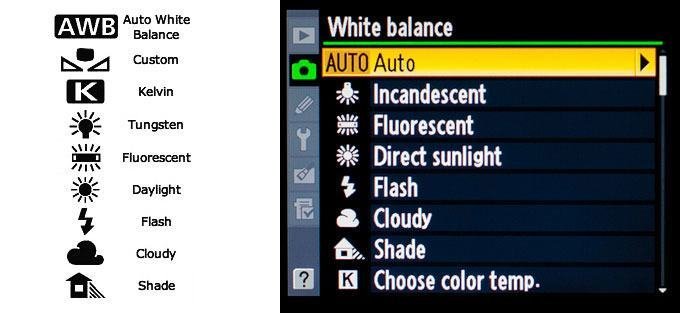
When you do this, the camera will compensate for the fact that you are not shooting in white light or daylight and it will adjust the colors in your image accordingly so that they match as closely as possible the original colors in the scene you are photographing.
You’ll see that, among the white balance options you have one that says “Auto.” Just like any other auto setting on your camera, that option gets the camera to make the choice for you.
If you select Auto, the camera will use its built-in light meter to determine what type of lighting is illuminating the scene and it will attempt to compensate appropriately. However, it doesn’t always get it right and so, if possible, it is a better option to set the WB yourself manually.
You’ll see that not all of the possible light sources are catered for in the white balance settings and your available choices are pretty generic. A cloudy day where I am, for example, might not be the same as a cloudy day where you are. Modern cameras will normally also have a more accurate way of setting white balance based on color temperature.
Don’t think of color temperature in the same way we describe the temperature of something that gives off heat. Color temperature is used to describe the appearance of light and it is measured on a scale called Kelvin (K). You don’t really have to understand the physics of color temperature only that it can be used to describe the color of the light source that you are photographing in.
a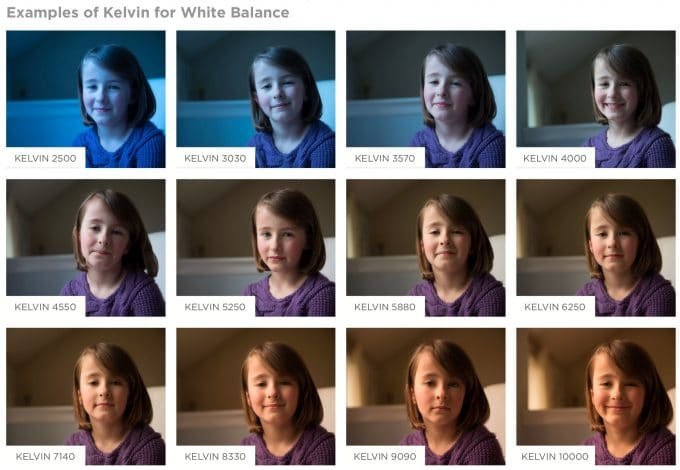
Written by Collin Smith @ remotes.works Holborn London

 My Account
My Account 